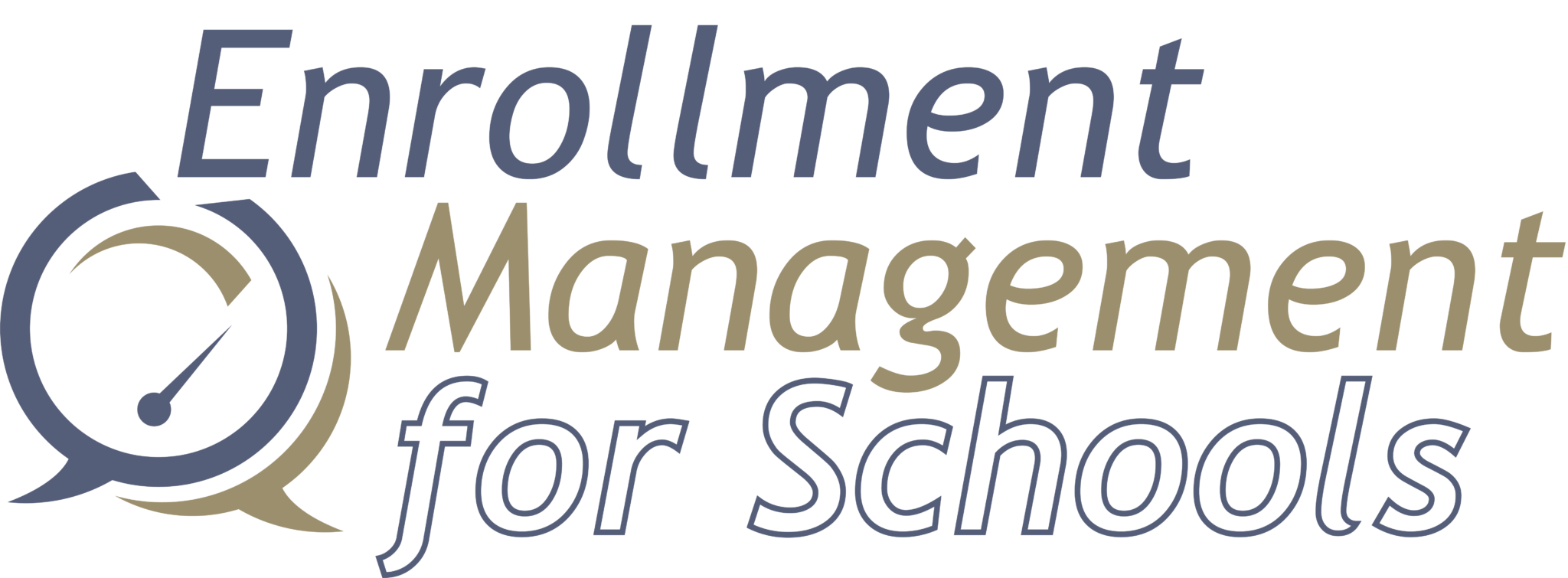Understanding what schools are up against and having more people on the same page is an important part of schools sustaining themselves in the current environmental conditions. I have collected a group of 11 areas that I feel will affect the livelihood of private schools as we move forward. These are ideas to use in the discussion around value of the program to the customer and budget expectations. If these factors are relevant to your school’s situation, they will certainly make it more difficult to meet your full-pay enrollment expectations.
- Affordability – Schools are becoming increasingly expensive. In fact, tuition increases have exceeded the cost of living increases by 300-500 % and it is slowly eliminating the number of families who can afford to pay the full tuition. With the current drop in savings, students’ parents, grandparents, aunts, uncles and friends won’t be able to support them financially as they may have before.
- Traditional Private School Families – I believe fewer full-pay families are traditional private school families and they aren’t necessarily seeking private schools. Instead, they move to districts which they feel will accommodate their children in the public school as it did when they were growing up.
- Financial Aid Awards Rising – As tuition costs are rising, the average financial aid awards are rising. This is sucking up more of the dollars. You make a choice of giving funds to fewer people or gapping families’ awards and losing the better candidates. Losing the better candidates affects the quality of your program.
- International Families as an Income Source – International families can be a viable source of income. However, schools are not always ready to handle the needs of international students. The program isn’t designed well and this hurts the school’s reputation. Weaker reputation affects the ability to enroll more full-pay families.
- Alternatives to Private Schools – When the parents can’t move the public school giant to accommodate them, they supplement this education from other sources. They employ tutors for enrichment. They can join various clubs and organization such as Odyssey of the Mind, NASA school project, and the Shakespearean Associations. Their children attend course sponsored by colleges and universities – in person or on line. For college counseling, they can get someone to rewrite their essay, take multiple SAT preps and hire a college counselor. After all of these adjustments, they can still save money versus the independent schools’ educational costs.
- Other Public Schools – Magnet and charter schools are taking their tolls on the enrollment in the private school markets in some areas. Some charter schools, with 20 students in a classroom, will look the same in terms of program and outcomes, if not better, than certain independent school options with their premium prices.
- The Location Becomes a Deficit – Location is hurting many independent schools, particularly at the elementary level. Families aren’t moving out of the area, but their children are all grown up now. Or the higher economic base is shrinking. Both scenarios require schools to pull students from a wider geographic area. This means you have to convince families that there is value worth the tuition and the commuting costs.
- Online courses have to be one of the greatest threats to private schools. These courses can provide both breadth and depth. They can look quite attractive and they cost much less. You aren’t tied into a particular curriculum; it’s individualized. Aren’t these the advantages of the private school? They might not be exactly the same as what private schools offer, but parents may not see a difference or may not see the difference being worth the private school’s cost.
- Demographics are bearish at this point. The growth areas are not where most of the independent schools are such as Texas, North Carolina or Colorado. Furthermore, the greatest growth in children is not coming from the typical independent school market; it’s the Latino market. Economically, this group has not increase significantly enough to fuel our schools. We are increasing the number of White families who have means, but fewer children.
- Online Courses for Homeschooling – The online resources are changing the way parents think about education and independent school education. They have access to an extensive offering of course work at many different ability levels.
- Parents Thinking Differently – Parents are making different evaluations of what to expect of a school as they collect copious amounts of information on the topic of education and rearing children from experts or non-experts online. They are more informed, but not necessarily accurately informed. Yet from the information, they build their expectations which independent schools aren’t aware or interested in giving attention to it. This will lead to poor service and families seeking alternatives to the independent school brand.
Schools have two options as I see it. One is to pray that the economy soars and the number of full-pay families created far exceeds the number that they lose with the rise of their tuition. The second is to demonstrate to families that their value exceeds their other alternatives, even when they weigh in the price. Parents will pay for value if there is a enough for their cost. That is why families will pay ½ tuition each year to attend Harvard, even though Kenyon might be offering them four years of tuition for free.
The Five Pillars workshop is all about training schools on pulling out that value – demonstrating to parents that you have the solution to their problem and it is worth the cost. If this is what your school needs, find out more – The Five Pillars: A Customizable Strategy for Marketing to Full-pay Families.
